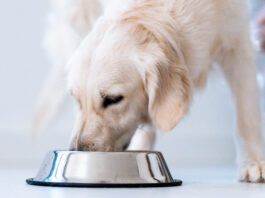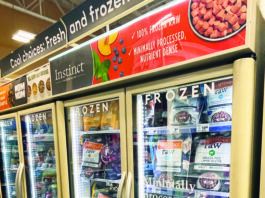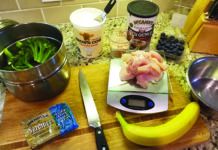Is Chicken and Rice Good for a Dog?
A chicken and rice diet is a common home remedy for dogs experiencing digestive upset, especially diarrhea. The bland combination is typically palatable for...
Thanksgiving Foods Dogs Can Eat
Dogs can enjoy many traditional Thanksgiving foods. The key is to let them indulge in moderation. That’s because Thanksgiving weekend is infamous in the...
Is Popcorn Bad for Dogs?
If you want to share popcorn with your dog, choose a few pieces of plain—no flavors or salts—popcorn that is air-popped. Most brands of popcorn include a lot of salt and fat and your dog does not need salt or fat in his diet.
Can Dogs Have Apples?
Your dog may beg for some of whatever you’re eating—quietly with just his eyes if he’s been taught not to beg or a full-body...
Is Liver Good for Dogs?
Liver is often touted as a nutritional powerhouse for dogs that is packed with essential vitamins and minerals that can provide numerous health benefits. However, too much of a good thing can be harmful.
Can Dogs Eat Shrimp?
From head to tail, boiled or fried, crustaceans are delicious, but can dogs eat cooked shrimp? The answer is yes—with reasonable precautions. For most of us, shrimp are a treat, not an everyday meal, and it should be the same for dogs.
Can Dogs Eat Rice?
The long and the short of it is – yes, dogs can eat rice.
Cooked white rice is traditionally fed to dogs with an upset...
What Fruit Can Dogs Eat?
With the notable exception of grapes and raisins many common fruits are safe for dogs to eat and make a great treat or dietary add in.
Is Pineapple Good for Dogs?
You can feed your dog pineapple. To feed pineapple to your dog, cut it just like you do to eat yourself.
Can Dogs Eat Vegetables?
Can dogs eat vegetables? Yes, dogs can eat vegetables. Dogs can eat celery, and carrots are especially good for dogs. Dogs can eat broccoli,...
Can Dogs Eat Berries?
Many berries are a delicious and nutritious addition to our dogs’ regular food and as a treat the enjoy whether fresh or frozen,
Calcium in Homemade Dog Food
If asked the most common mistake people make when feeding their dogs a homemade diet, I’d have to say that it’s not adding calcium....



















